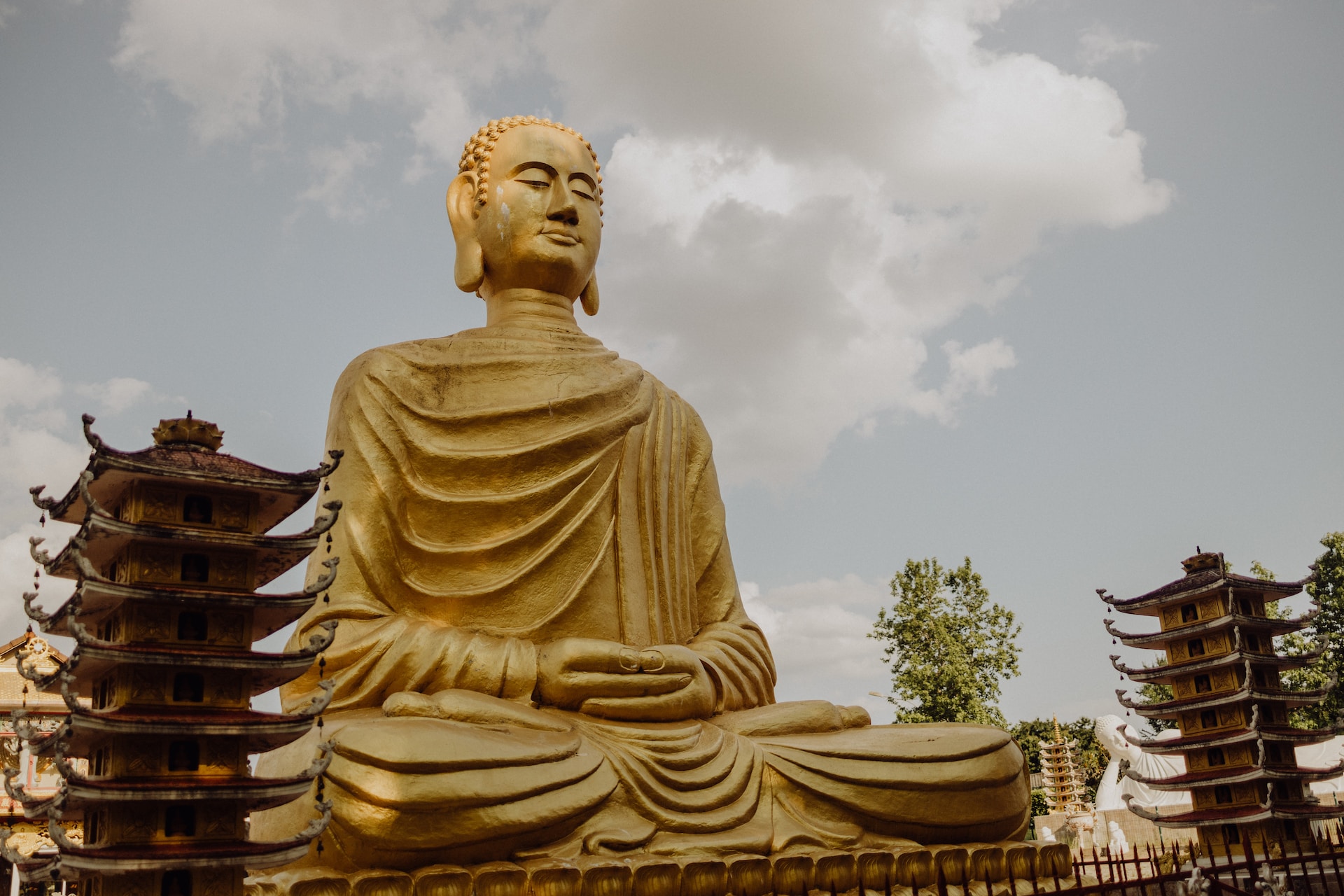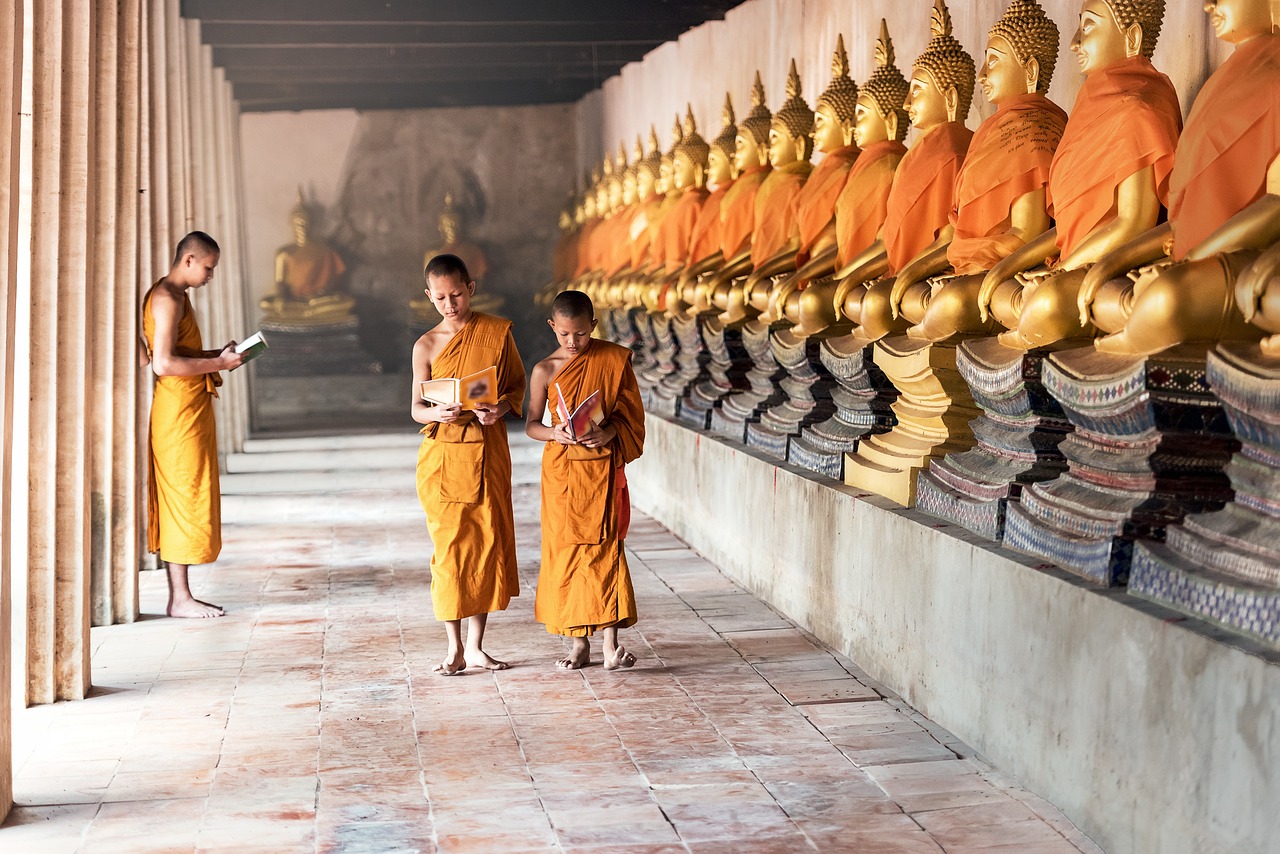Buddhist News.
A modern and humanist approach to Buddhism to build a more conscious, united and ethical society.
Current and innovative information on Buddhism
Different perspectives on altruism, compassion, benevolence and the environment
A community of contributors committed to creating a more equitable and just society
A single candle can light thousands, and the life of the candle will not be shortened. Happiness is never diminished by being shared.
– The Buddha
The Buddhist News newsletter.
To receive our latest articles directly in your mailbox.
About Us
We believe that Buddhism can offer solutions to contemporary problems and we want to share innovative and current lines of thought. We are convinced that we must all work together to create a fairer and more equitable society.
On Buddhist News, you will find articles, interviews, reports and reflections that will help you build informed personal reflection and feel more connected to truth.

“Beware of negative thoughts, because they attack the body and the mind. They are the first symptoms of evil. Heal your mind if you want to heal your body. »
– Venerable Dagpo Rinpoche
Your questions
Contact us to share your thoughts, questions and views on Buddhism.
Our featured articles

What are the dietary practices of Buddhist monks?

Meditation, a complement to traditional psychiatric treatments

The foundations of Buddhism: teachings, beliefs and practices

Buddhism in Belgium: towards official recognition

Why do non-Buddhists get Buddha tattoos?

